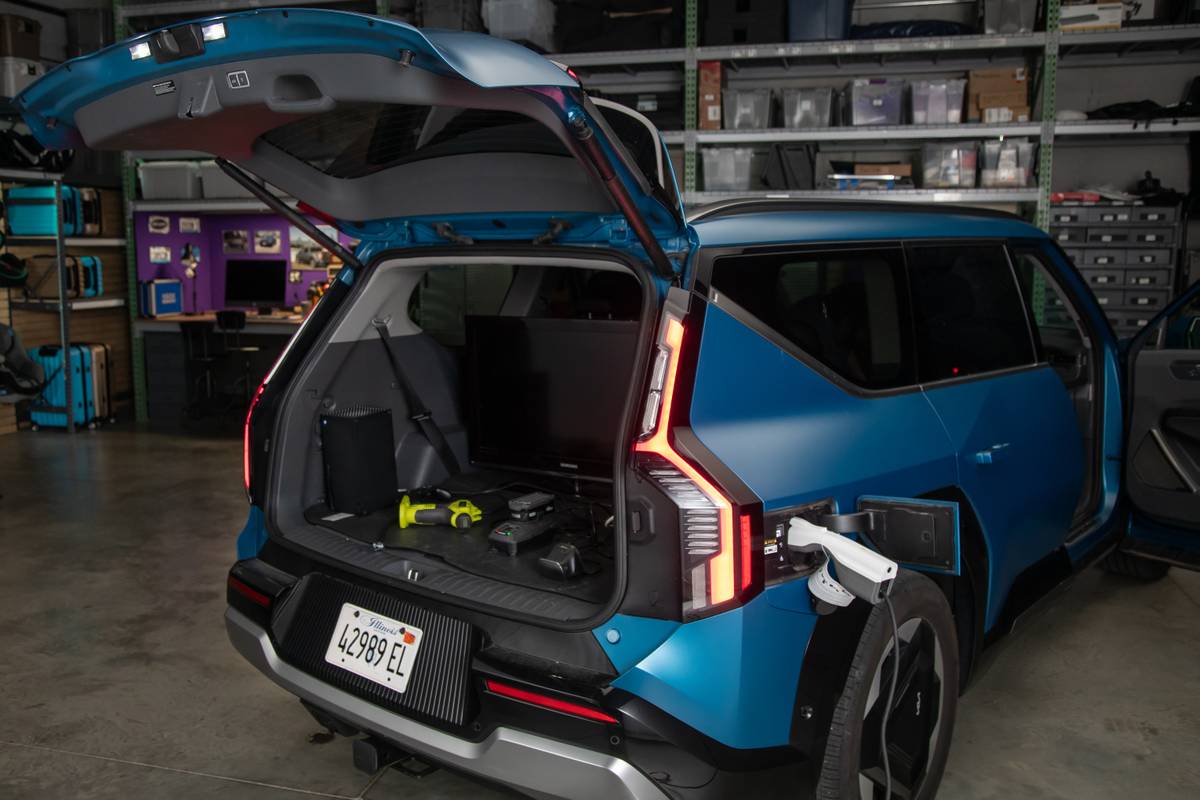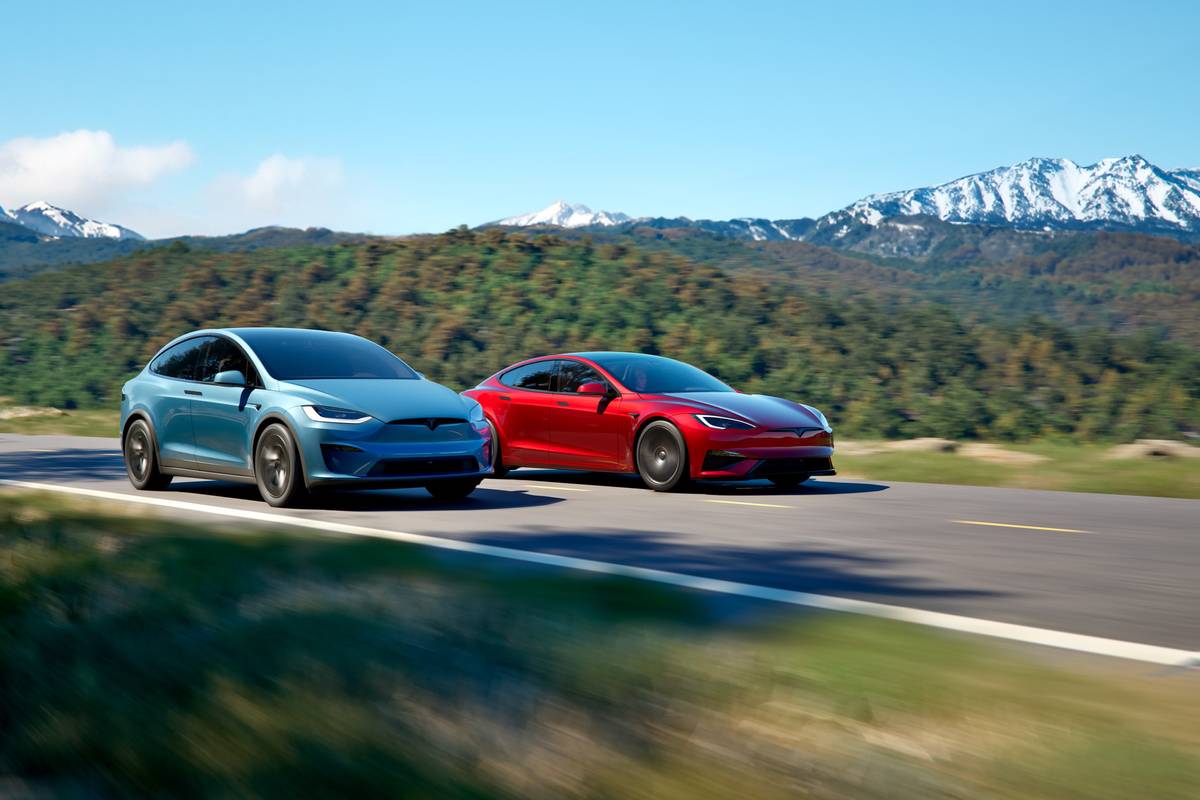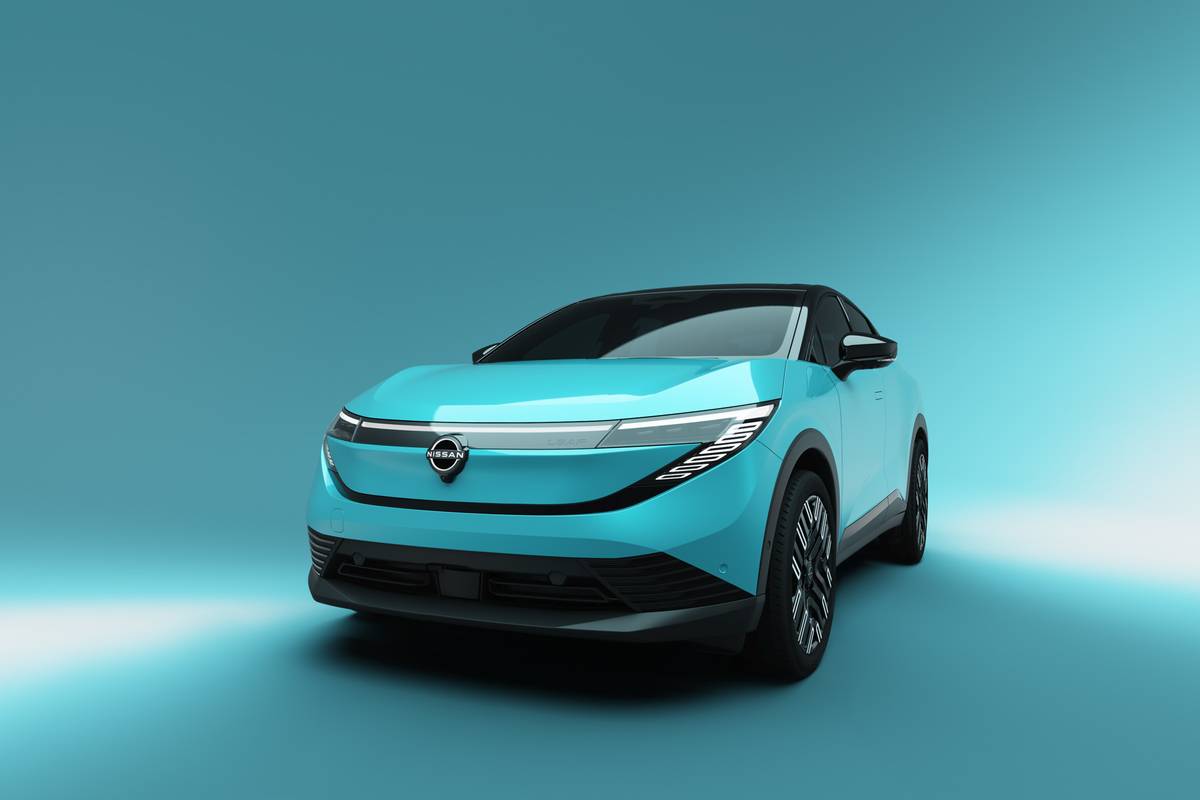chicagotribune.com's view
The Jaguar aficionado has grown up with certain expectations-the car of his or her dreams will be expensive and it will guzzle gas. These are givens. The buyer accepts that fate as initiation into the club.
You`ll not see it on the cover of People, and chances are it won`t make an episode of “Hard Copy“ unless Charles and Di make the announcement, but Jaguar is changing its ways.
For a company that offers fewer variations than Hyundai, consider what the British automaker has done for the 1993 model year.
– The XJS coupe and the V-12 engine have split company, the V-12 being dumped for a more fuel-efficient 6-cylinder engine. The coupe has been powered by a V-12 since it first went on the market here in 1975.
– A new XJR-S coupe will bow with a V-12 engine to show that Jaguar hasn`t given up on that power plant.
– Customers can opt for a 5-speed manual transmission in the XJS coupe and convertible. Yes, a manual, something Jaguar officials claim hasn`t been offered in one of their cars in the states since a guy named Nixon lived in the White House.
– XJS prices have come down by $10,750-to $49,750 from $60,500 for the coupe and to $56,750 from $67,500 for the convertible. Actually, the price decrease represents an $11,825 savings when you consider on the subsequent reduction in the 10 percent federal luxury tax.
– By popping a 6-cylinder engine under the hood of the XJS coupe and convertible, Jaguar has eliminated the federal gas-guzzler tax on those cars, meaning another $1,700 savings, or roughly $13,525 left in the pocket or purse of the buyer.
Pocketing a $10,750 price cut is like following a Brinks truck and having a couple of bags fall onto your hood, then having the guard holler at you, “Ah, keep it, our truck`s full anyway.“
Saving the $1,700 guzzler tax is an added bonus. Those Americans loyal to the British flag may forgive Charles or Di an indiscretion or two, but they were getting antsy over the guzzler tax.
When a person can buy a very good Cadillac or Lincoln or Lexus or Infiniti, purchasing a Jaguar and coughing up another $1,700 to get 13 miles per gallon was considered foolhardy.
The only thing dearer to a person who makes $100,000 or more a year than saving money is investing those savings to make more money. After saving money, the next dearest thing to a Jaguar loyalist is a V-12 engine.
With that in mind, we slipped behind the wheel of a 1993 Jaguar XJS coupe at a preview of the automaker`s non-guzzler (for now) lineup.
The XJS sports the same 4-liter, 219-horsepower, 6-cylinder engine as the XJ6 sedan. The XJS now delivers 17 miles per gallon city/23 m.p.g. highway, a civilized rating, and far better than the 13/17 last year`s 5.3-liter V-12 obtained.
It`s one thing to improve mileage, save $10,750 and wipe out a $1,700 penalty; but note that the 4-liter delivers 219 h.p., the 5.3 delivered 260 h.p. For the man or woman spending $49,750, that`s 41 horses unaccounted for. You won`t miss them.
If you`ve ever driven a Jaguar coupe, you know they tend to be a bit heavy, especially in the nose. Want to make a right-hand turn onto the Los Angeles Freeway? Start moving the wheel along about Las Vegas.
Our British friends wisely decided that if they were going to make people applaud a smaller engine rather than rue the disappearance of the larger one, they had to put a little TLC into the container holding it.
For 1993, the XJS steering is more nimble than ever. That not only makes the car feel lighter, but it also makes it more agile.
With the V-12, the XJS behaved as if it had a mind of its own and the driver was only along for the ride. Though the new engine is smaller, the car performs in a more manageable manner.
Our immediate impression was that the XJS behaved very much like a Cadillac Eldorado Touring coupe, whereas before it thrashed about much like the Queen Mary-the ship, that is.
In stopwatch-measured time, you don`t leave the light as quickly with the 6 as with the V-12; about 2 seconds are lost in a 0- to 60-mile-per-hour run. Those seconds are won back in the minutes saved at the pump.
Jaguar set up a course on which drivers could take a flat scenic route along the Detroit River or a twisting, curving roadway loaded with blind spots, not to mention Bambi and friends darting across the pathways.
A year ago the course of preference would have been easy-the leisurely stroll along the river. With the new engine and attention to driveability, the obstacle route was the road taken again and again. We found a Jaguar that was fun without the speedometer having to tickle 100 m.p.h.
The more nimble XJS responds more quickly to steering wheel input. What an improvement in approaching a turn and using but one hand to twist the steering wheel, whereas a year ago with the V-12 you needed both hands. Bambi and friends were not in danger.
There were but two flaws, one being still-minuscule rear-seat room. And while the driver is treated to an air bag as standard equipment, the passenger isn`t, and won`t be until the 1994 model year.
The XJS coupe with its 6-cylinder engine was one of a trio of new Jaguars we drove. The others were the new XJR-S coupe coming in December (along with an XJR-S convertible) and the Jaguar XJS coupe with 5-speed manual transmission.
If you think going from a V-12 to a 6-cylinder takes some emotional adjustment, consider looking into the cabin of a Jaguar coupe and seeing a manual gear shift looking back at you.
We were poised not to like the 5-speed in a Jaguar. Sure, BMW does it, but when you spend $50,000 for a car, you expect lap-of-luxury treatment and not fooling with a clutch effort-unless, of course, the machine is a Viper, Diablo or King of the Hill Corvette.
A 5-speed will be a no-cost option after the first of the year for the performance-minded who want more of a plaything than the car delivers with automatic-though, as we`ve noted, the XJS is very lively with automatic.
Jaguar doesn`t estimate how many people will opt for manual. Rough guess is 13, but we may be high. One thing those who want to play in an XJS coupe with 5-speed must remember is that someday they`ll want to sell the machine, and potential buyers could be hard to come by.
The manual is built by Getrag, the outfit General Motors worked with in developing its 5-speed manual. Unlike the GM unit, the Jaguar manual is much smoother and less balky or hesitant in moving through the gears.
As is typical with most 5-speeds not built in Japan, there was a slight hesitation between first and second, as if the lever caught on a notch before slipping past it. With each shift upward from second, the movement became smoother.
Supposedly, the intent of a 5-speed is to help you get to the country club a bit more quickly than with the automatic. Whether you get there any sooner or not, at least in a Jaguar you`ll arrive well-rested.
The last car we drove was the new XJR-S coupe, which arrives in December. As noted above, Jaguar has no gas-guzzler cars-until the XJR-S arrives. It is powered by a 6-liter, 313-h.p. V-12. Jaguar wouldn`t say what the mileage estimate is, but it did admit it will carry a guzzler tax of at least $1,700. The XJR-S reportedly will carry a $70,000 to $80,000 price tag. Jaguar says only 100 of those cars-50 coupes and 50 convertibles-will be sold in this country.
Driving the XJR-S with V-12 after the XJS with 6-cylinder engine magnified the differences between the two power plants and their effect on total performance and not just 0- to 60-m.p.h. times.
The XJR-S felt a bit bulky in the nose, and that translated into heaviness in the steering wheel. It was back to using both hands to maneuver through corners.
Punch the pedal, and the V-12 seems to pause an instant to take a gulp of breath (and one can only wonder how much petrol) before you scoot very quickly from the stop sign.
At hard acceleration, the front end lifts slightly, giving you visual reinforcement of the 313-h.p. at your disposal. In the time most luxury coupes are approaching 30 m.p.h., you are at 50. No trouble getting out in the passing lane, provided you put some sinew to the wheel.
The suspension is much stiffer than in the XJS coupe. You feel the irregularities in the road through the steering wheel and bottom of the seat cushion, which gives off such strong leather aroma we had to lower the windows to avoid taking an allergy pill.
The XJR-S comes with 16-inch tires versus 15-inch on the XJS coupe. The larger tire helps compensate for some of the weight in maneuvering.
Oddly enough, a gaggle of geese brought the V-12 coupe to its knees by crossing the road. Despite wet pavement covered with leaves, the anti-lock brakes performed as promised. Stopping was straight and true, though it may have taken a foot or two more to bring the 4,000 pounds to a halt than it does the lighter XJS with 6-cylinder engine.
As with all Jaguar coupes, rear-seat occupants suffer for room.
Latest news



